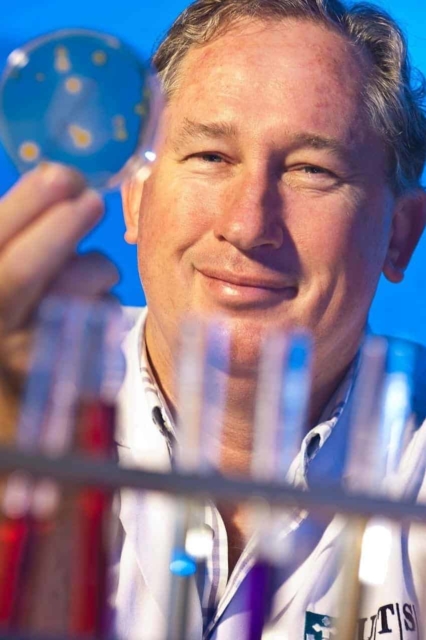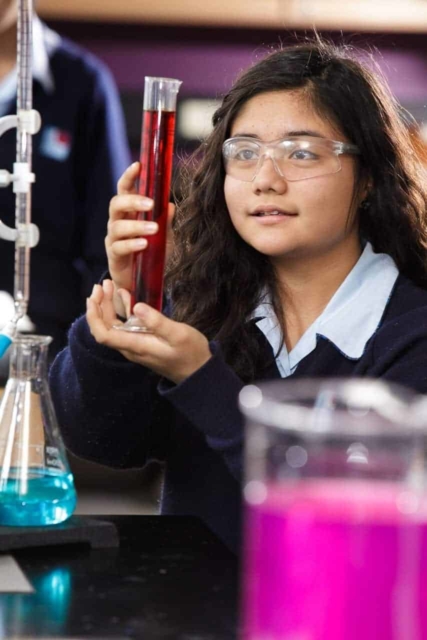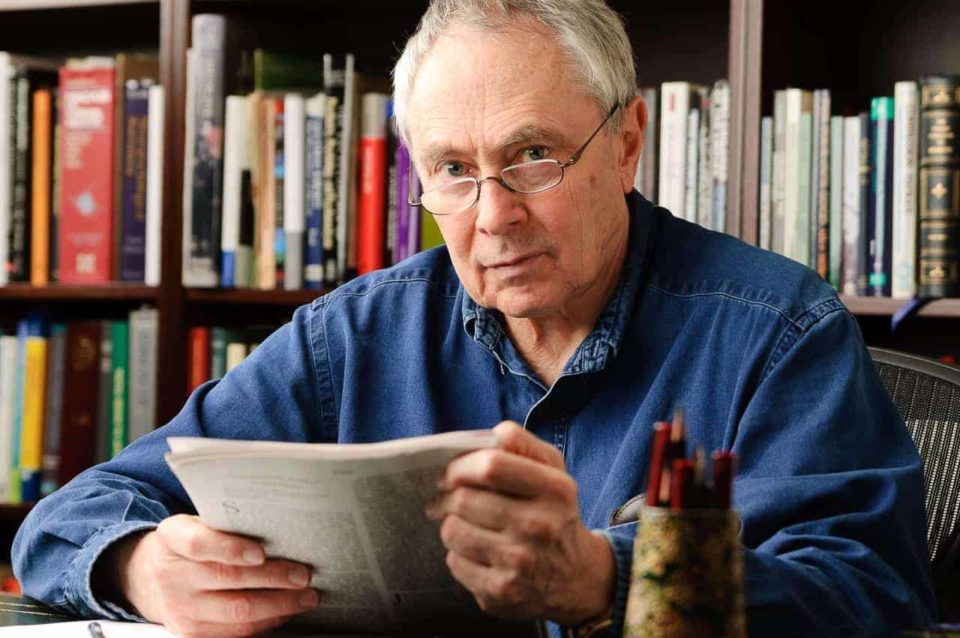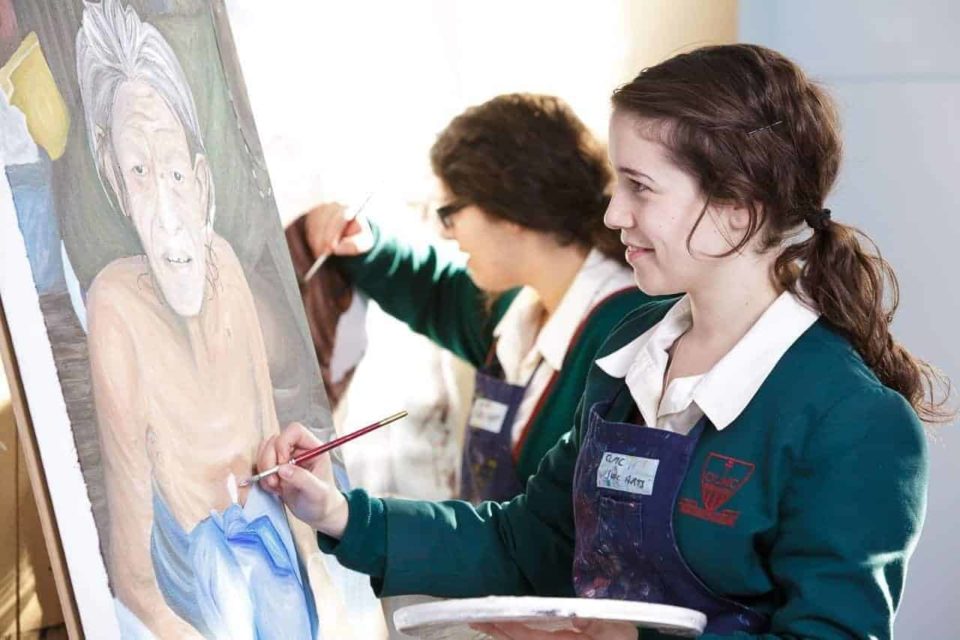A great number of the people I photograph have occupational or professional skills qualifications. Most of my clients have a degree in one of the humanities. Many subjects and clients studied a mixture of both at university.
STEM

Science, Technology, Engineering and Mathematics have been a focus and STEM is still a buzzword in education. Nearly 20 years ago these subjects were identified to be most in need for future careers. The students of that prediction are now entering the workforce.

Design Thinking is another axiom. Often used for STEM research it uses problem solving steps. Design is front and centre rather than an afterthought used to beatify a product or service.
Humanities
Australia recently decided STEM subjects are more important than humanities for future, gainful employment. University fees for humanities are set to double subsiding other subjects.
 But is that the future? Thanks to robots and AI, many predict automation is set to replace hard skilled jobs. Careers expected to grow in demand involve soft skills. Jobs that include creativity and human relationships.
But is that the future? Thanks to robots and AI, many predict automation is set to replace hard skilled jobs. Careers expected to grow in demand involve soft skills. Jobs that include creativity and human relationships.
STEAM

Add Art to STEM and you get STEAM. Leaving out the humanities including arts is poor judgement for what skills are expected in the near future.
Photography
On the job I was trained in the practical use of physics and chemistry for photography. At university while immersed in creativity I was taught lateral thinking.
To some degree photography is polymathic, well excluding the genius part. It requires a balance of art and science. Too much of the former leads to technical failure, focussing on the latter makes for boring images. A professional photographers job is to solve clients problems, visually. That has always required STEAM.
Let me know your thoughts on LinkedIn.
